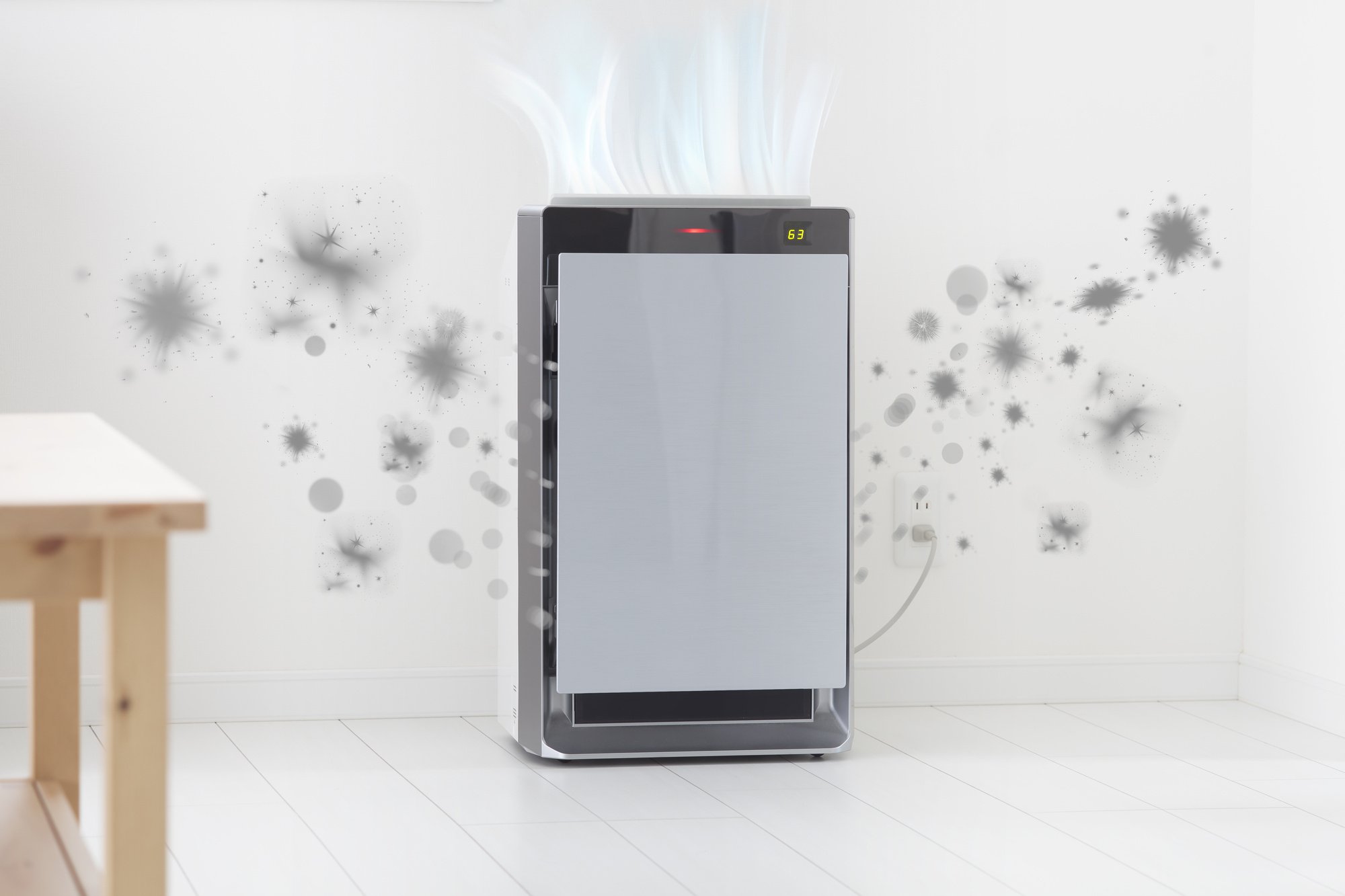An Overview of Indoor Air Quality and Purification Systems

An air purification or air conditioning unit is a large device that removes various contaminants from inside of a building to enhance indoor air quality. These devices are most commonly sold as being effective for allergy sufferers and asthma patients and in reducing or even eliminating second-hand cigarette smoke in public places. Many newer models of air purifiers have the added capability of cleaning the air of mold, mildew, dust mites, smoke and other harmful allergens. In fact, many asthma patients have discovered that their symptoms are reduced considerably when they use an air purification system.
An air purification device uses two primary methods of filtration: chemical and electromagnetic filtering. The most common type is the electromagnetic type, often called a HEPA (High Efficiency Particulate Air) filter. This type can clean the air by removing large particles such as dust, pollen and dander, while leaving in the healthy air purifying chemicals that the body needs. Electromagnetic filters utilize a combination of ultraviolet light and molecular distillation to remove impurities such as smoke, mold, dust mites, pollen, dust and viruses. The most popular method of electromagnetic filtration involves the use of electromagnetic energy, or "ultraviolet light" to kill bacteria, fungi and viruses, while leaving in the healthy molecules that the body needs. Learn more details about home purification.
Another type of air purification device is the ductwork system. Ductwork is used to guide air conditioning and heating systems throughout the house, and it usually contains air purification components, as well as the ducts themselves. However, many experts believe that ductwork is best replaced with an air purification stand-alone system instead of the ductwork system. Stand-alone air purifiers eliminate the need for ductwork by filtering the air indoors before it reaches the air conditioning and heating units, or by sending the filtered air back up through the ventilation system directly into the living spaces of the home. This eliminates the need for ducts at all, saving considerable upfront and ongoing maintenance costs.
Air purifiers also come in the form of ionizers, which are designed to provide low-level cloud cover for allergy sufferers, by producing negative ions in the air. Negative ions are thought to promote better lung function and immune function by killing bacteria and viruses, improving respiratory conditions and eliminating allergies. Research has not yet completely proven the effectiveness of these devices in eliminating allergies, but many consumers do report improved indoor air quality and breathing in less dust or other irritants.
Some researchers have even suggested that the development of HEPA (High Efficiency Particulate Air) portable devices could make more widespread use of air purification eventually. A portable air purification system uses low-frequency sound waves to drive air through a filter. These sound waves are similar to those produced by an air conditioner, although they have a much lower frequency. A HEPA filter can remove particles up to one micrometer in size from the air, well above the size of the human nose. In addition, it is very easy to maintain; most filters require only to be replaced once a year or so, which makes them very cost effective air purification devices.
Many people are unfamiliar with ultraviolet (UV) air purification systems. They are typically used to eliminate mold spores from carpets and walls, although they may also be used to eliminate dust and pet dander. Most ultraviolet air purifiers use activated carbon filters to trap UVA and UVB radiation. The resulting "hot" air is then run through a HEPA filter, which effectively traps the pollutants within the filter. Since only very small particles are trapped by the filter, they are quickly expelled from the room atmosphere. See more at iaq.works/c/purification
Gather more facts by clicking here - https://en.wikipedia.org/wiki/Air_purifier
